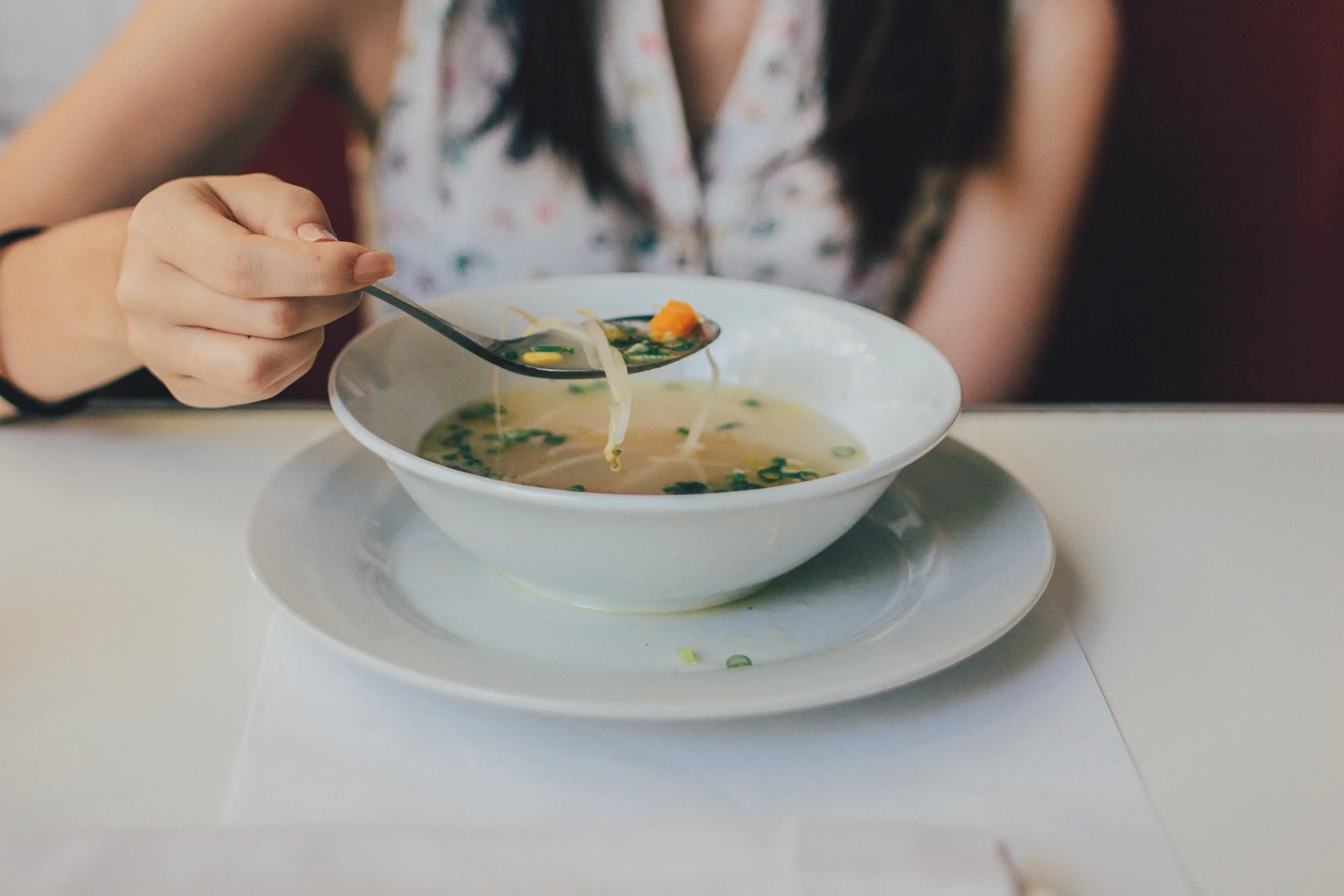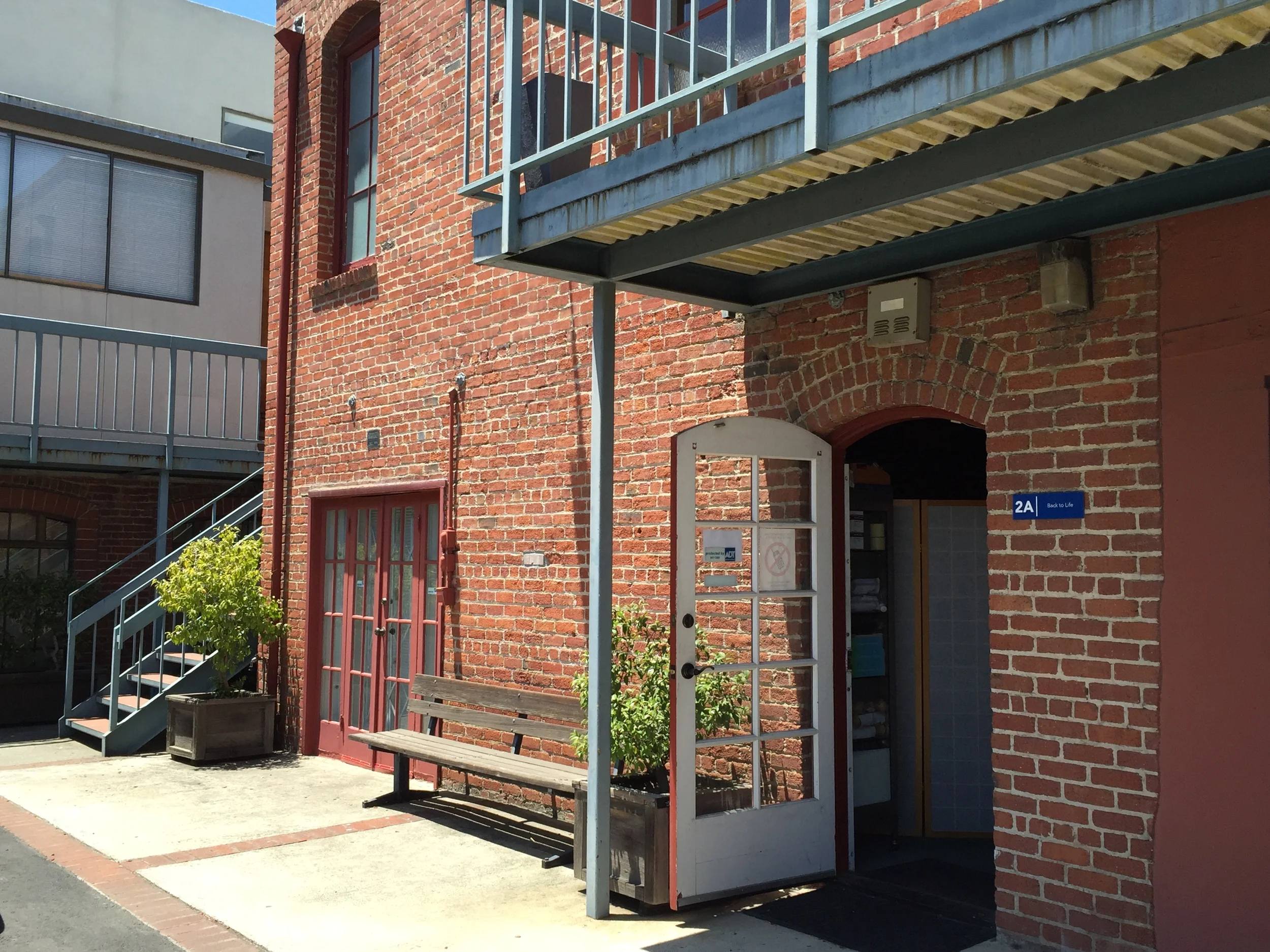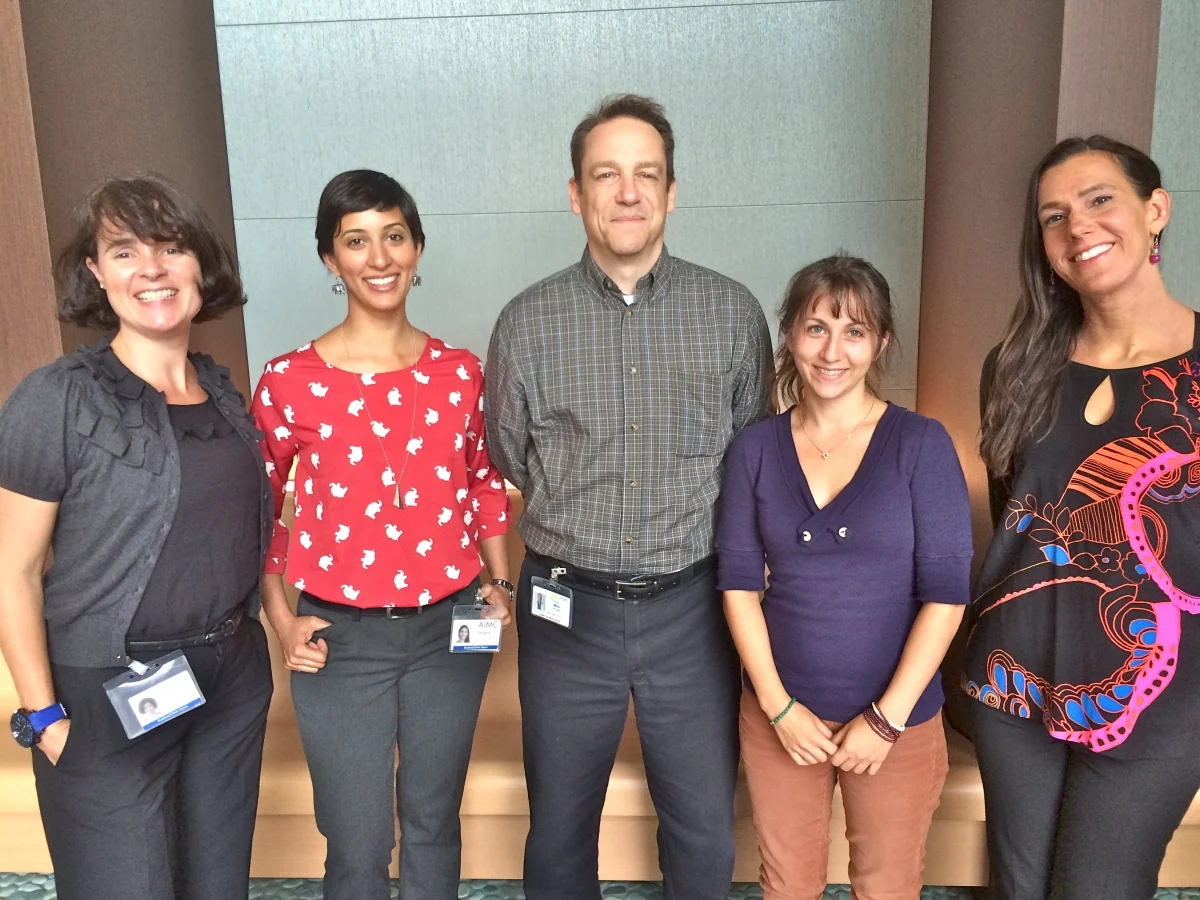Someone asked me recently if acupuncturists take the Hippocratic Oath like Western Medical doctors do. Many things Hippocrates wrote show how much the roots of Western medicine resemble traditional medicine. For instance, "It is far more important to know what person the disease has than what disease the person has."
But instead of taking the Hippocratic oath, at our graduation from the Acupuncture & Integrative Medicine College with our Masters of Science in Oriental Medicine (MSOM), we took Sun Si Miao's Oath of the Great Physician.
The Acupuncturists' Oath reads:
I promise to follow the way of the Great Physician, to live in harmony with nature, and to teach my patients to do the same.
I will strive to maintain a clear mind and hold myself to the highest standards.
I shall look upon those who are in grief as though I myself have been afflicted, and I will respond with empathy.






